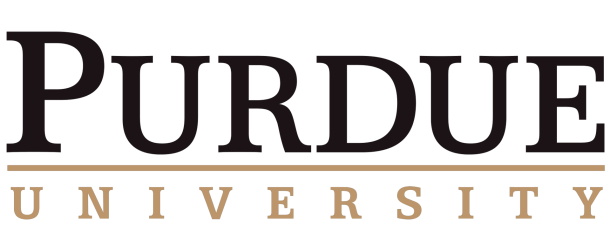Researchers Use Gold Film to Enhance Quantum Sensing with Qubits in a 2D Material

(Purdue.edu) A team of researchers at Purdue University took on the challenge of overcoming qubit signal shortcomings in their work to develop ultrathin quantum sensors with 2D materials. Their publication in Nano Letters demonstrates that they have solved some of the critical issues and yielded better results through experimentation.
“We used a gold film to increase the brightness of spin qubits by up to 17-fold,” said Tongcang Li, associate professor of physics and astronomy and electrical and computer engineering. “The gold film supports the surface plasmon that can speed up photon emission so we can collect more photons and, hence, more signals. In addition, we improved the contrast of their magnetic resonance signal by a factor of 10 by optimizing the design of a microwave waveguide. As a result, we substantially improved the sensitivity of these spin defects for detecting magnetic field, local temperature and local pressure.”
In the experiment, the group applied a green laser and a microwave onto these spin qubits in a 2D material. The material will then emit photons with different colors (red and near-infrared) under the illumination of a green laser. The rate of photon emission depends on the magnetic field, temperature, and pressure. Therefore, the brightness of these spin qubits will change when the magnetic field, temperature, or pressure changes. Thus, they were able to accurately measure the magnetic field with high sensitivity.
In the future, the group plans to use these spin qubits to study novel materials. They also hope to improve the signal further so that a single spin qubit in a 2D material may be used for quantum sensing with unprecedented sensitivity and resolution.
This research was conducted entirely at Purdue University and was collaborative across multiple departments. All twelve authors on this paper are from Purdue University:



















